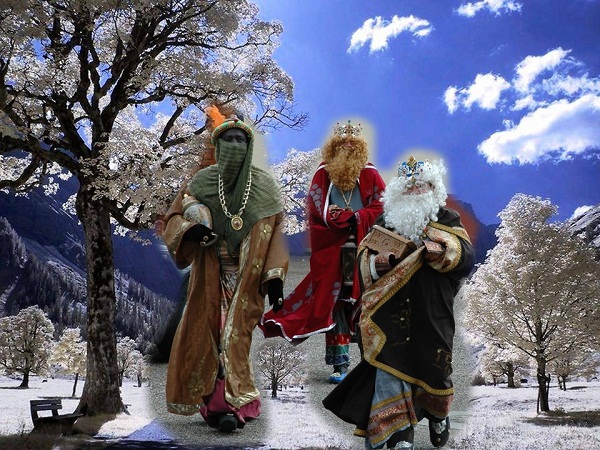
In the months leading up to this event, many Spaniards buy lottery tickets and wait to see if their number will be lucky that year. That’s the day the winning numbers of the hugely popular Spanish Christmas Lottery are drawn and announced in song by schoolchildren on live TV. But the holiday season doesn’t end there! January 6 is a very important holiday in Spain called el Día de los Tres Reyes Magos (known in English as Epiphany or Three Kings’ Day).Īlthough Christmas Eve isn’t until December 24, Christmas always comes to Spain a few days early, on December 22. December 31 is New Year’s Eve, or Nochevieja in Spanish, the time to say goodbye to the year that’s coming to an end and welcome the new year. According to Catholic tradition, Christmas is celebrated on December 25 in honor of the day Jesus was born. Spanish holidays are a mixture of Christian and pagan traditions. During this time of the year, everyone strives to fill their days with happiness, joy, and family harmony, although some are more successful than others. This entry was posted in Customs, Holidays, Rituals, festivals, holidays and tagged christmas, Holidays, Mexican on by Jennifer Min.Each year between December 24 and January 6, Spain comes alive to celebrate Christmas, or Navidad in Spanish. I think I would have enjoyed celebrating this holiday as well, as I look forward to the Christmas season, and this extends that season. I find it interesting how different countries celebrate the same holiday, but put a twist on the holiday that is uniquely theirs. I suppose it is part of showing gratitude and giving to others, as Jesus did, but since the wise kings actually gave gifts to the baby Jesus, it seems logical that part of the tradition for this holiday is gift giving. To me it does make sense that this day would often be used for gift exchanges rather than Christmas, since if Christmas is about the birth of Jesus, it should be celebrating the beginning of his life, and not be about presents. I did not know that the day when the three wise kings arrived bringing gifts, was celebrated. She said she usually tried to go over to one of her friends’ houses to take part in the festivities that way. Her family did not celebrate this second holiday as much, but kept with the tradition of Christmas as the one big holiday during the winter season, so she would often feel jealous of her friends on this day. She remembered thinking that being a Mexican kid is awesome since they celebrate Christmas and receive gifts then, and about a week later they celebrate Reyes Magos so they get gifts again. Unlike the United States in which Christmas is the main holiday and the day that everyone looks forward to, my informant told me the the Día de Los Tres Reyes Magos if often the bigger holiday in Mexio.

So some people like finding the statue because it is a good sign, but others don’t because they don’t want to throw a party.” The person who finds the figurine in their piece is blessed, but they also have to throw a party for Día de la Candelaria, on February 2 nd. Anyway, so the statue is hidden and the cake is cut up so everyone gets a piece. I think that this is to symbolize having to hide Jesus in a barn so King Herod couldn’t find him. The people that make it hide a little statue of baby Jesus inside the bread somewhere.

Rosca de Reyes is a dessert bread in the shape of a big oval and has bits of fruit on it. This is also the day when people eat Rosca de Reyes. Children get gifts on this day, because the Three Kings came to Jesus bearing gifts for Him. Because, in Mexico, the celebration extends to days like the Día de Los Tres Reyes Magos, Christmas season goes on forever. It’s celebrated on January 6 th and is basically the peak of the Christmas season.
.jpg)
“Día de Los Tres Reyes Magos is a huge holiday in Mexico celebrating the day the three kings visited Jesus with their gifts.


 0 kommentar(er)
0 kommentar(er)
